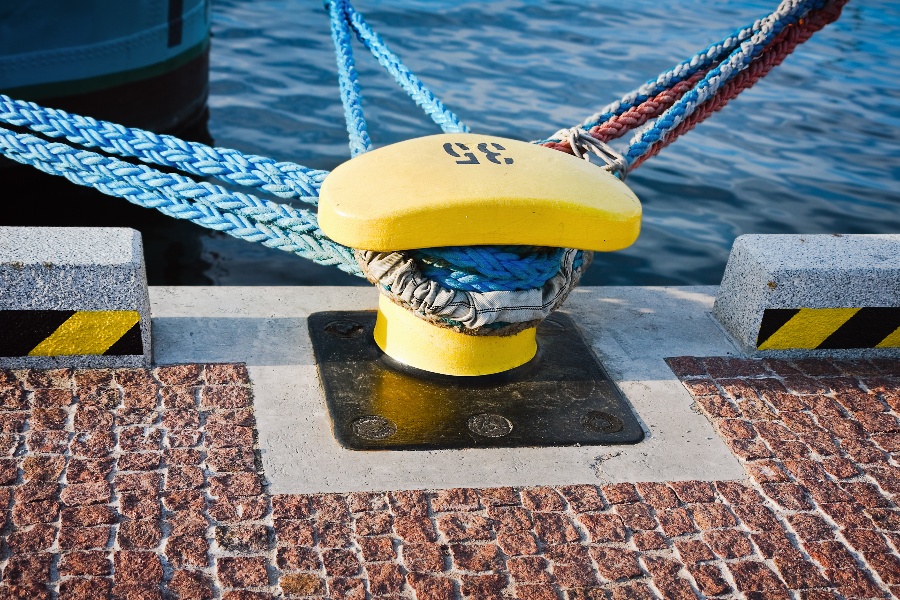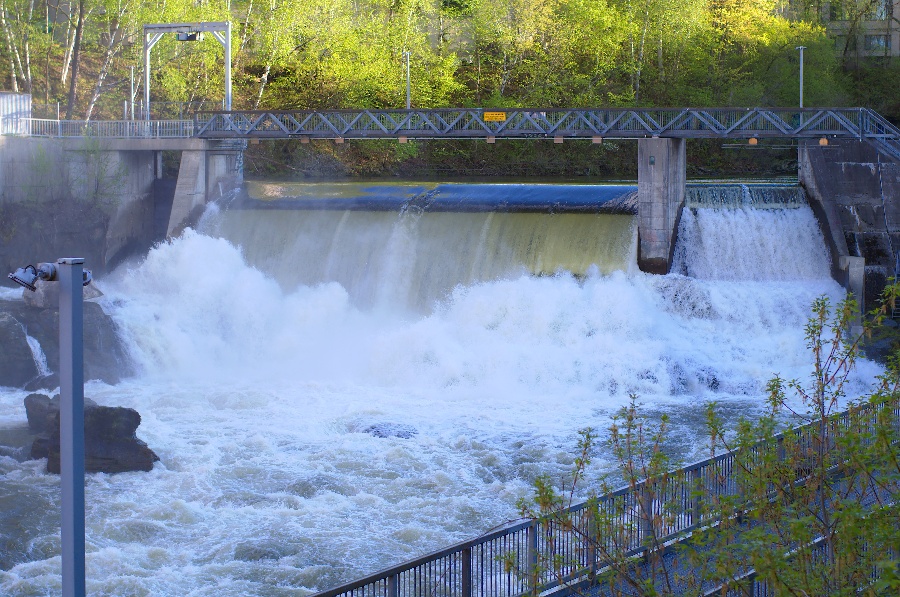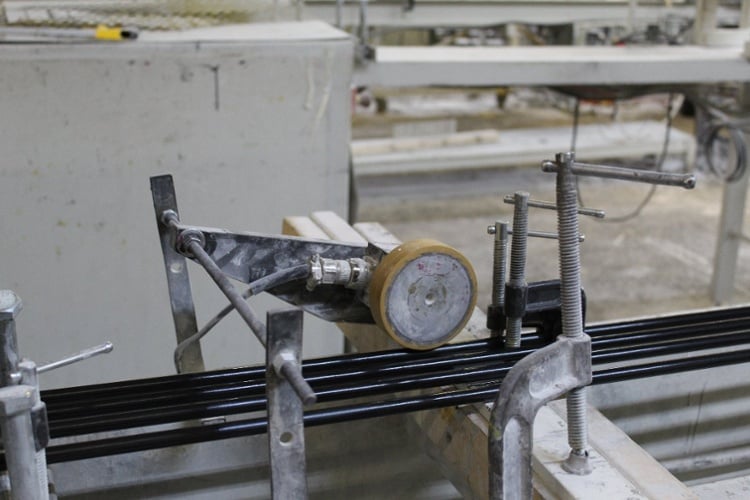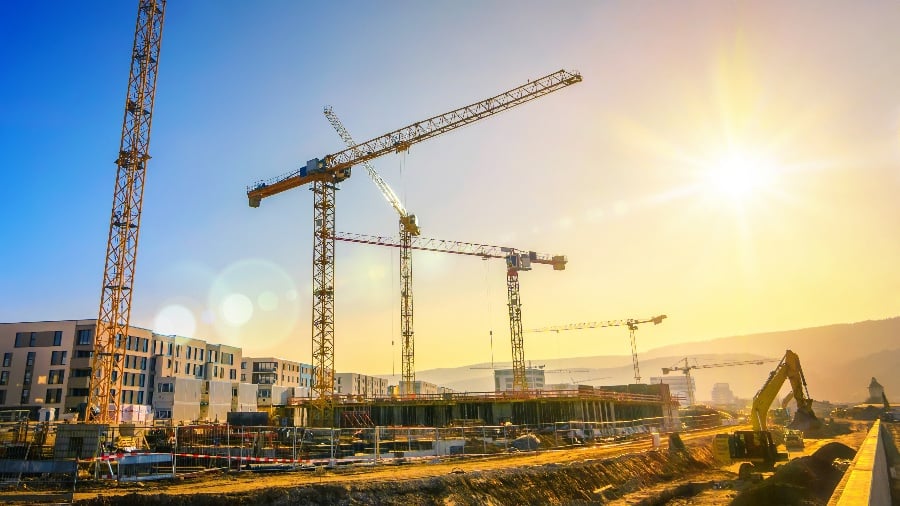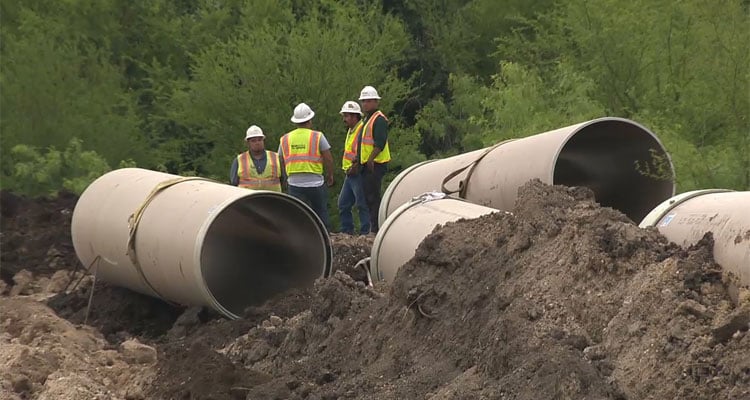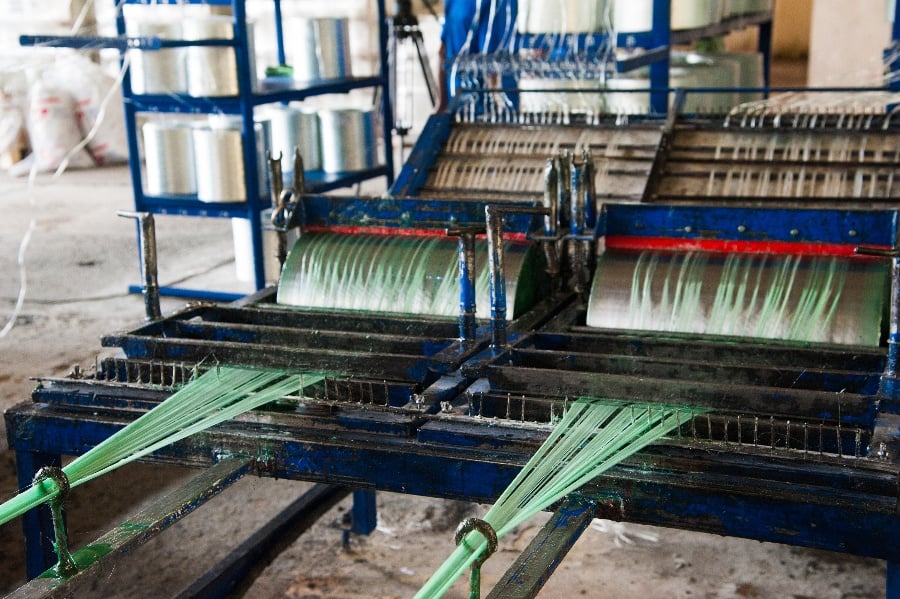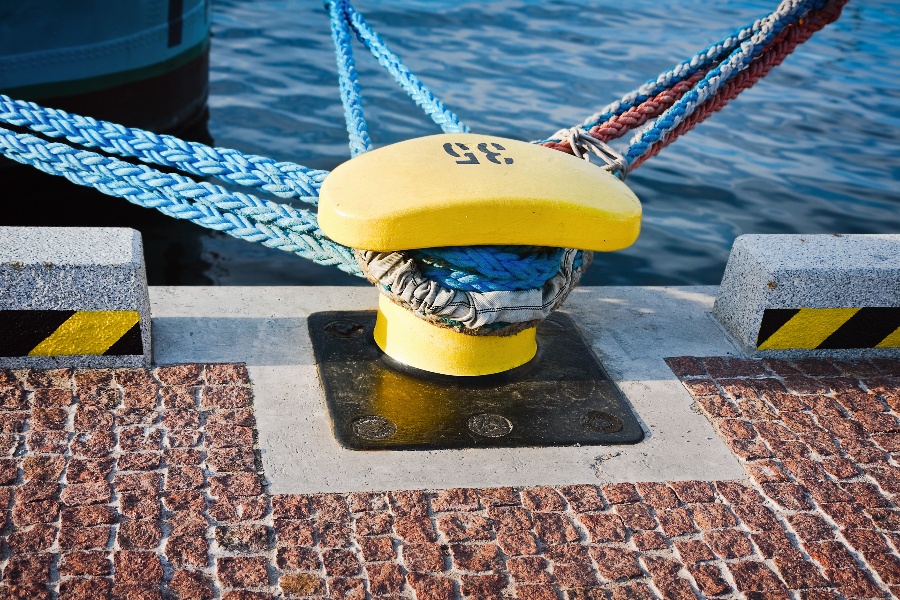
As any maritime engineer knows, dolphins are an essential part of coastal infrastructure. They are used to protect docks and bridges from the damage caused by ships, to provide a stable base for navigational aids, and to serve as a mooring point for vessels. In addition, dolphins can be used to help prevent shoreline erosion by deflecting the force of waves.
Dolphins can be made from a number of materials, and they are typically arrayed in groups of four or more. When properly designed and installed, dolphins can provide many years of service with minimal maintenance. As a result, they are an essential part of any coastal development project.
Dolphin Types
Mooring
Mooring dolphins are purpose-built structures that are used to assist in mooring and securing a ship to a pier or other secure structure. Mooring dolphins are usually positioned at the corners of a ship, and they are connected to the ship via a series of ropes or chains. The mooring lines that are attached to the dolphins help to keep the ship in place and prevent it from drifting away from the pier. In some cases, mooring dolphins can also be used to provide passenger access to the vessel through a bridge structure.
The design of mooring dolphins varies depending on the intended use, but they typically consist of a vertical column with a horizontal platform at the top. In some cases, the platform may be sloped in order to provide additional support. Mooring dolphins are typically installed in shallow water, and they must be carefully designed and constructed in order to withstand the forces that they will be subjected to.
Breasting
Breasting dolphins, also known as approach dolphins, are commonly used in both small craft harbors and large commercial docks. They are an effective way to protect a boat from hitting the pier or dock, and to stabilize it to reduce side-to-side movement while moored.
There are several ways to design and construct breasting dolphins, but they all essentially consist of a series of posts or piles driven into the bottom of the harbor, with cross-bracing connecting them to form a solid structure.
Berthing
When a ship is moored, it is subjected to various forces that can cause it to move sideways. These forces include waves, currents, and wind. Berthing dolphins are structures that are placed around a moored ship to help reduce its sideways movement. By deflecting these forces, berthing dolphins help to stabilize the ship and prevent it from colliding with other vessels or objects.
In addition, berthing dolphins can also be used to protect against damage caused by storm surges. By absorbing the force of the waves, they help to reduce the amount of damage that the ship sustains. As a result, berthing dolphins play an essential role in ensuring the safety of moored ships.
Dolphin Design
When designing dolphins, there are several key considerations that must be taken into account. First, the dolphins must be able to withstand the forces exerted by the mooring lines. Second, they must be located in an appropriate depth of water to ensure that the mooring lines do not come into contact with the seafloor. Finally, they must be positioned in such a way that they do not pose a hazard to passing vessels. By taking all of these factors into account, it is possible to design mooring dolphins that are both effective and safe.
Material Choice
When designing a dolphin, material selection is an important consideration. The dolphins must be able to withstand the forces imparted by the moored vessel, as well as the environmental conditions where they will be installed. Common materials used for dolphins include concrete, steel, and timber. Each of these materials has its own advantages and disadvantages that need to be considered in relation to the specific mooring application.
For example, concrete dolphins are very durable and have a long lifespan, but they are also very expensive. Steel dolphins are less expensive than concrete, but they are susceptible to corrosion in saltwater environments. Timber dolphins are the least expensive option, but they have a shorter lifespan than concrete or steel dolphins and are not as strong. Ultimately, the best material for a mooring dolphin depends on the specific requirements of the project.
These materials can be susceptible to degradation from corrosion or impact damage. As a result, there has been an increasing interest in using fiber-reinforced plastic (FRP) for dolphins.
FRP for Dockside Dolphins
FRP is a composite material made of glass fibers and plastic polymer. The glass fibers provide strength and stiffness, while the plastic polymer binds the fibers together and gives the material its shape. FRP is often used in place of metal or wood in applications where those materials would traditionally be used.\
Corrosion Resistance
FRP composites are well suited for use in saltwater environments, making them ideal for dockside dolphins. The dolphins are often exposed to salt water spray, which can cause corrosion and other damage to traditional materials such as steel. FRP composites are unaffected by saltwater exposure, meaning they will not corrode or degrade over time. This property makes them a much more durable and reliable material for use in marine applications.
Strength
FRP is an ideal material for dolphins because of its high strength-to-weight ratio. FRP composites are made from reinforcing fibers (e.g., glass, carbon, or aramid) in a matrix of resin (e.g., polyester, vinyl ester, or epoxy). The reinforcing fibers give the composite material its high strength and stiffness, while the matrix resin protects the fibers from environmental degradation.
Lightweight and Flexibility
This material is significantly lighter than concrete, making it easier to transport and install. Additionally, FRP is much more flexible than concrete, meaning that it is less likely to crack under the strain of heavy boats. As a result, FRP has become the material of choice for dolphins around the world. Thanks to its advantages in weight and flexibility, FRP provides a safe and secure mooring point that can withstand the elements for years to come.
Fiberglass-reinforced plastic is a great material for mooring dolphins. It’s strong, durable, and corrosion-resistant, making it an ideal choice for marine applications. If you need fiberglass reinforcements for your next project, reach out to Tencom. We have years of experience working with FRP and can help you get the best results for your application.

